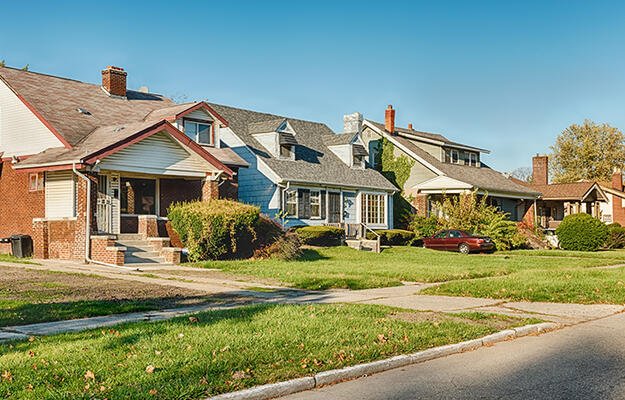
Community Revitalization Efforts Can Improve Public School Performance
- Title:
- Community Revitalization Efforts Can Improve Public School Performance
- Author:
-
Donna Comrie
- Source:
-
Housing Policy Debate
- Publication Date:
-
2018
The economic integration of a community and its neighborhood school is inextricably linked. High concentrations of poverty in schools negatively affect student classroom performance, graduation rates, and more. Previous research has focused on schools themselves, but little has been studied about how neighborhoods can influence school performance. This study sought to determine how community revitalization initiatives affect neighborhood school performance examining two HOPE VI communities and their local schools. HOPE VI, enacted in 1992, aimed to eradicate developments that met the definition of "severely distressed public housing" and replace them with mixed-income housing by awarding funds to 165 projects for the transition of high-rise public housing developments with high concentrations of poverty into mixed-income communities with the ultimate goal of economic integration.
To conduct the case study, the author selected two schools for comparison in HOPE VI neighborhoods: Andrew Jackson Elementary School in Philadelphia, which made the greatest gains in standardized reading and math scores in an eight-year period, and Drew Elementary School in Washington, DC, which lagged the most in terms of school performance during the same period. The author conducted in-depth interviews with public housing authority administrators, school principals, community leaders, residents, and representatives from partnership agencies. Several major themes resulted from the interviews that led the author to conclude that early community engagement and interagency partnerships in the transition to mixed-income communities are key to the success of local schools.
Key findings
- The reading score at Andrew Jackson Elementary School improved 45 points from 2003 to 2010. The math score improved 55 points.
- The reading score at Drew Elementary School fell 43 points from 2003 to 2010. The math score fell 48 points.
- The demolition and transition of the public housing development in Philadelphia faced more community resistance at the start than it did in Washington, DC, but that pushback translated into active community engagement with the developers throughout the process. The Washington, DC, project lacked community partnerships.
- In Philadelphia, 53 percent of the original residents returned to the site, whereas only 30 percent returned in Washington, DC. The most vulnerable families could not return because of stricter criteria regarding employment, credit scores, and criminal background clearances.
- Families in Philadelphia committed to the neighborhood public school, forming community partnerships with administrators, while many incoming residents in Washington, DC, opted out of the public school system and sent their children to nearby charter schools instead. Many of the new residents in Washington, DC, were also urban professionals without children.
- Neither site had direct partnerships between public housing officials and public education administrators, but in Philadelphia, local community organizations were liaisons. There were no linkages in Washington, DC.
- The research suggests an integrated approach to public housing and public schools in the future to better serve communities and students.
Photo by Monkey Business Images/Shutterstock


